Presidential Symposium
Named Lectures and Brain Prize Lecture Awardees hold their presentations during the Presidential Symposium.
The European Academy of Neurology has installed a series of three named lectures, honoring three outstanding European neurologists: Brown-Séquard, Golgi and Romberg.
Each award is reserved for an outstanding active basic or clinical scientist selected by the EAN.
Self-applications are not possible and potential speakers are nominated by the members of the board, all committee members and the chairs of the scientific panels. The EAN Board and the Programme Committee selects the award winners out of the nominees.
Winning any of these awards is the highest scientific honor of our society.
These lectures will be presented at the annual congress during the presidential session or as free-standing plenary lectures. They will not necessarily be presented every year but in an irregular sequence that is decided customized by the EAN Board and the Programme Committee.
The Brain Prize is the world's largest brain research prize. One of its awardees holds the Brain Prize Lecture at the 7th EAN Congress.
The Charles-Édouard Brown-Séquard Lecture: Jean-Claude Baron
Paris, France and Cambridge, United Kingdom
The core/penumbra model: implications for acute stroke treatment and patient selection in 2021
Professor Jean-Claude Baron trained in Clinical Neurology at the Salpêtrière Hospital, Paris, then in functional brain imaging and medical physics at Harvard, USA and the Atomic Energy Commission, France. He holds a Doctorate in Science from the University of Cambridge, UK, and is a Fellow of the UK Academy of Medical Sciences, of the UK Royal College of Physicians and of the European Stroke Organization. He created and directed from 1988 to 2000 the Inserm Neurosciences unit, and was Scientific Director of the CYCERON Neuroscience Centre, at the Université de Basse-Normandie, Caen, France. From 2000 to 2010, he held the Chair of Stroke Medicine at Cambridge University and was Honorary Neurology consultant at Addenbrooke’s Hospital, Cambridge, UK. Since 2010 he has worked as Director of Research at the Inserm/Paris University Research Centre for Psychiatry and Neuroscience (Deputy-Director: 2010-2015), as well as Neurology consultant at Sainte-Anne Hospital. He is a pioneer in the applications of PET in cerebrovascular diseases and has used this technique along with other imaging modalities including CT, MR and SPECT to study the pathophysiology of cerebrovascular diseases and the mechanisms underlying post-stroke recovery, both in patients and animal models. His main contributions include i) the documentation of the existence of the ischemic penumbra in man; ii) the concept that advanced imaging should be used to select acute stroke patients for personalized therapy and trials; iii) the demonstration of the hemodynamic basis of some carotid-territory TIAs; and iii) the discovery of crossed cerebellar diaschisis. He has also made significant contributions in the field of neurodegenerative disorders. He was awarded the European Stroke Conference Johannes Wepfer award in 2005, and the 2014 French Academy of Sciences Mémain-Pelletier award. He has published over 450 peer-reviewed articles and has over 30,000 citations (h-index: 95).
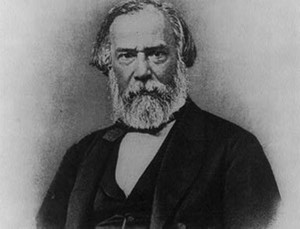
EAN Award for systems neuroscience, functional neurology and functional imaging
The C. Brown-Séquard lecture is to recognize and honor an outstanding and commendable basic or clinical Neuroscientist. The selected lecturer should have made major contributions in the fields of systems neuroscience, e.g. functional imaging, neurophysiology or computational neuroscience leading to major progress of neurological sciences and having resulted in better understanding of the cause, diagnosis or even therapy of neurologic diseases. The selected lecturer must also demonstrate evidence for consistent dedication to teaching and mentoring in Neurology.
Charles-Edouard Brown-Séquard (1817-1894) was a French-British physiologist and neurologist from Mauritius living mainly in Paris. He was particularly interested in spinal cord physiology and first described and explained the clinical hemisection syndrome of the spinal cord.
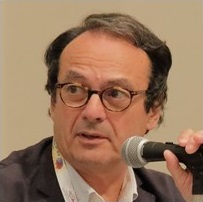
The Camillo Golgi Lecture: Adriano Aguzzi
Zurich, Switzerland
History of prion science
Adriano Aguzzi is professor and director of the Institute of Neuropathology at the University of Zurich. He has devoted the past 25 years to studying the immunological and molecular basis of prion pathogenesis, combining transgenetics with molecular and immunological techniques to clarify the pathogenesis of the disease, and to identify cells and molecules involved in prion neuroinvasion. He is the Founder and Director of the Swiss National Reference Center for Prion Diseases and has developed diagnostic and therapeutic methods in the field of transmissible spongiform encephalopathies. He serves on the editorial board of Science and is the Editor in Chief of the Swiss Medical Weekly; he also serves on the scientific advisory board of philanthropic foundations and biomedical companies. Among other honors, Prof. Aguzzi has won Ernst-Jung Prize, the Robert Koch Prize, the medal of the European Molecular Biology Organization, the NOMIS Distinguished Scientist Award and has held two ERC Advanced Grants.
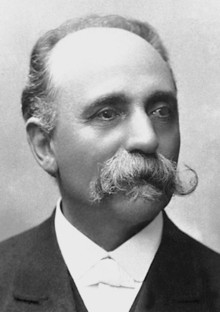
EAN Award for Morphology and Molecular Research
The C. Golgi lecture is to recognize and honor an outstanding and commendable basic or clinical Neuroscientist. The selected lecturer should have made major contributions in the field of modern neuroanatomy, imaging or molecular research leading to major progress of neurological sciences and having resulted in better understanding of the cause or diagnosis of neurological diseases and the nervous system. The selected lecturer must also demonstrate evidence for consistent dedication to teaching and mentoring in Neurology.
Camillo Golgi (1843-1926) was Italian and is recognized as the greatest neuroscientist and biologist of his time. He received the Nobel Prize in Physiology and Medicine in 1906. The Golgi tendon organ is named to honor him, and with his Golgi staining technique he made major discoveries of the anatomy of the nervous system.
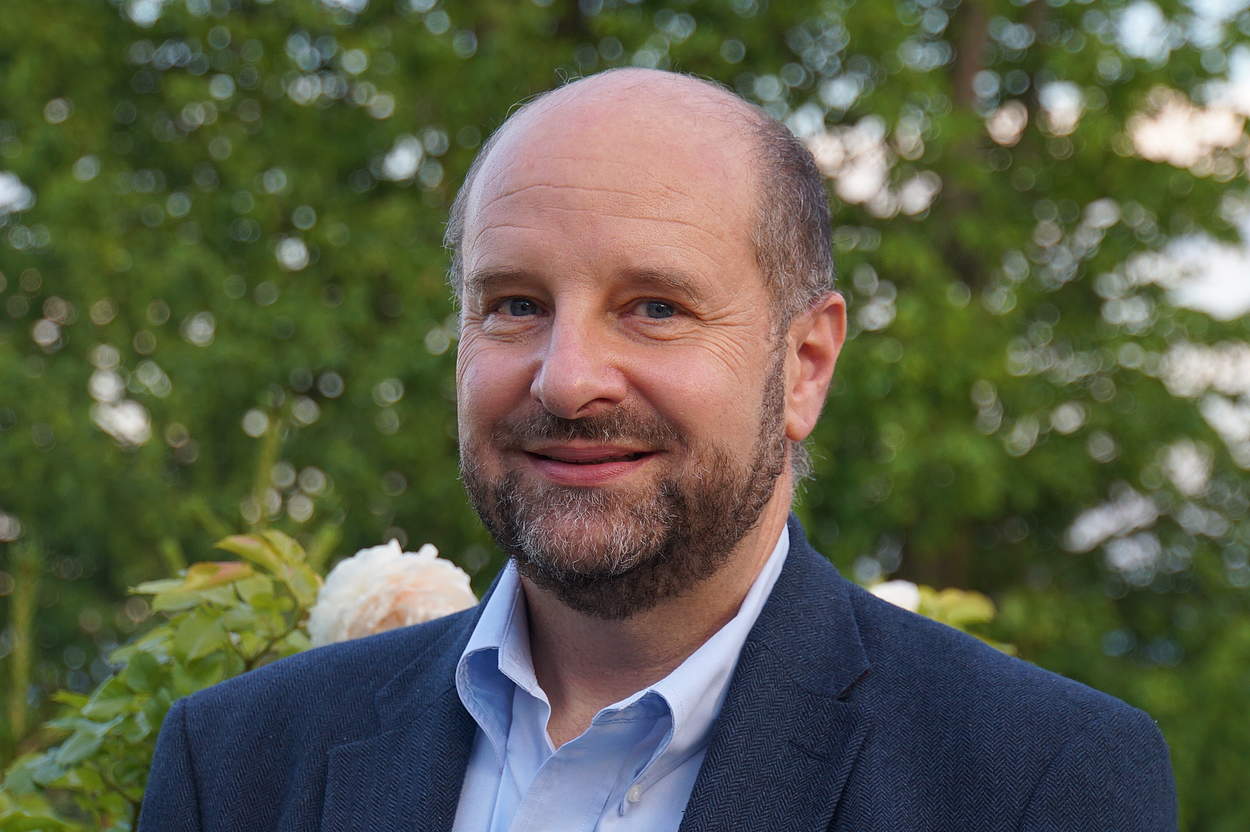
The Moritz Romberg Lecture: Gábor M. Halmágyi
Sydney, Australia
Romberg and his famous test - what more do we know 170 years later?
Professor Halmágyi was born in 1947 in Szeged, Hungary. He attended medical school between the years 1964-1976. During these years he specialised in internal medicine then undertook general neurology training in Sydney. Between years 1977-1979 he worked in National Hospital for Nervous Disease, Queen Square in London, UK. He was awarded neuro-otology research fellow with Dr MA Gresty in MRC Hearing and Balance Unit (founded by Dr CS Hallpike) and also fellow in clinical neuro-otology (Dr MR Dix), in clinical neuro-ophthalmology (Dr MD Sanders) and clinical neurology (Prof WI McDonald).
Since 1980, he is staff neurologist at the Royal Prince Alfred Hospital, Sydney and clinical professor, University of Sydney. In 1990 he founded the Neuro-otology Society of Australia. Later on, in 1996, he was awarded Hallpike-Nylen Prize of the Bárány Society. In 2012 he received Officer of the Order of Australia. Among his main research interests are: measurement of human vestibular function and the pathophysiology of pseudotumor cerebri. His main innovative research findings are: Head impulse testing of semicircular canal function (from Arch Neurol 1988;45:737 to Front Neurol 2020;11:732); Vestibular evoked myogenic potentials as a test of dynamic otolith function (from Neurology 1992; 43:1635 to Front Neurol 2020;11:580); C) Conjugate ocular torsion and subjective visual horizontal as a test of static otolith function (from Ann Neurol 1979;6:80 to Acta Otolaryngol 2020;140:833); D) Cerebellar Ataxia Vestibular Areflexia Syndrome (CANVAS) (from Brain 2004;127:280 to Otol Neurotol 2021 Jan 22); (E) mechanism of pseudotumor cerebri and its treatment with transverse sinus stenting (from Arch Neurol 1991;48:740 to J Neurointerv Surg 2016;Oct 8:e41).
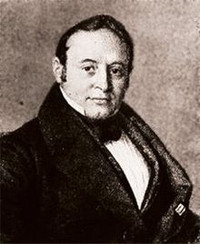
EAN Clinical Award
The M. Romberg lecture is to recognize and honor an outstanding, influential and exemplary clinician in Neurology. The selected lecturer must show evidence of exceptional contributions to Neurology which have resulted in better understanding of the etiology, diagnosis or treatment of neurological diseases and should have meaningfully added to clinical practice in Neurology. The selected lecturer must also demonstrate evidence for consistent dedication to teaching and mentoring in Neurology.
Moritz Heinrich Romberg (1795-1873) was a German-Jewish physician from Berlin. He revolutionized European neurology by publishing his ‘Lehrbuch der Nervenkrankheiten des Menschen’ (Textbook of the Diseases of the Nervous System): the first systematic textbook in neurology between 1840 and 1846. He is engraved in the neurological examination with the Romberg-sign.
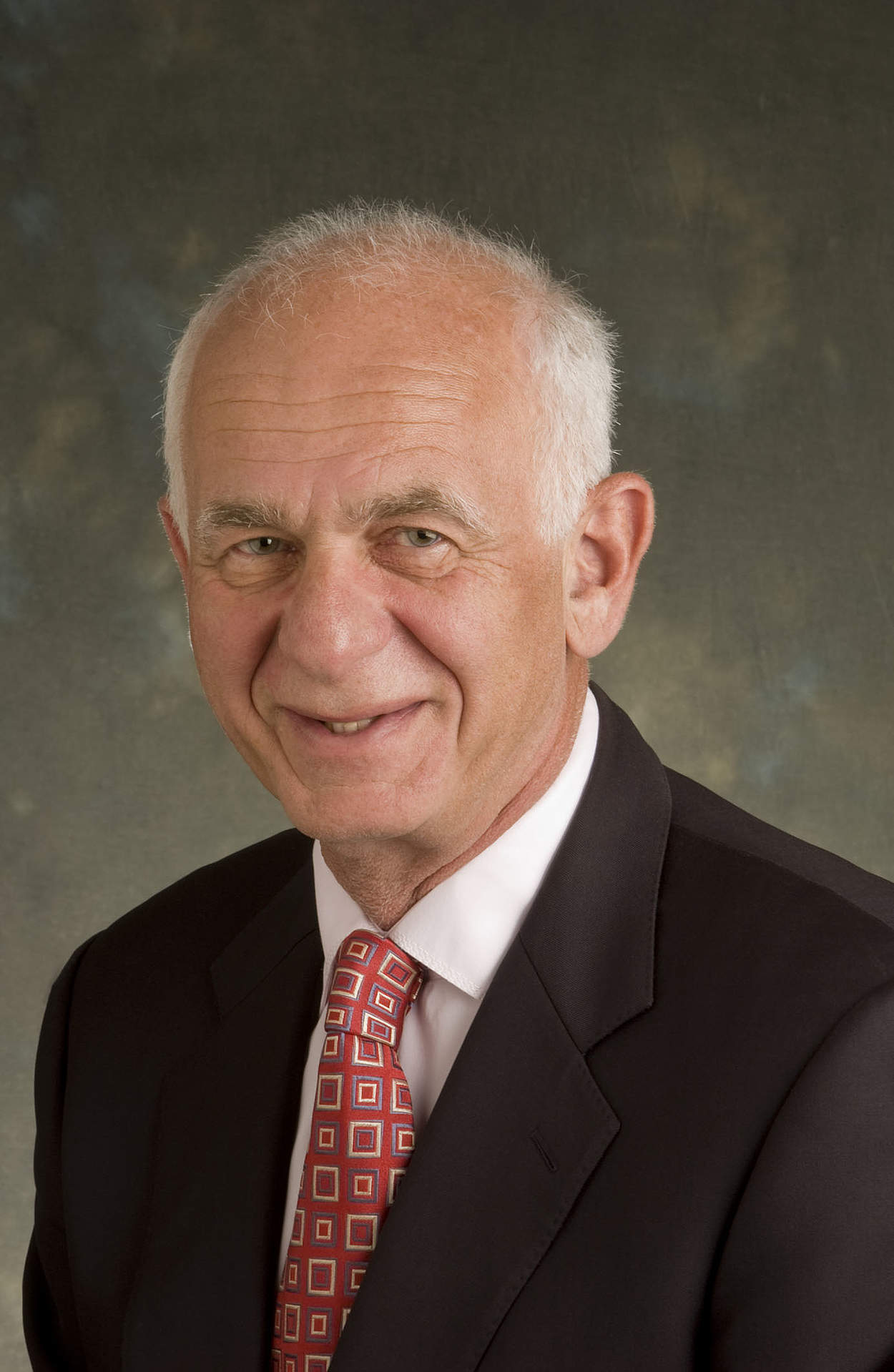
The Brain Prize Lecture: Huda Zoghbi
Houston, TX, United States of America
Rett syndrome from the clinic to genomes, epigenomes and neural circuits
Huda Y. Zoghbi, M.D., is Professor of Pediatrics, Neurology, Neuroscience, and Molecular and Human Genetics at Baylor College of Medicine, an Investigator with the Howard Hughes Medical Institute, and Director of the Jan and Dan Duncan Neurological Research Institute at Texas Children’s Hospital.
Zoghbi was born in Beirut Lebanon where she earned a B.S. from the American University of Beirut. She completed her M.D. at Meharry Medical College, and joined Baylor College of Medicine for training in Pediatrics, Neurology, and Molecular Genetics. Zoghbi’s clinical encounters with young girls with Rett syndrome inspired her to go into basic research. Her laboratory ultimately discovered the genetic cause of Rett syndrome and provided insight into the function of the gene in various neurons. Her discovery (with Harry Orr) that Spinocerebellar Ataxia type 1 is caused by expansion of a polyglutamine tract and her studies that such expansion leads to accumulation of the mutant protein has infomed studies of other neurodegenerative disorders. Zoghbi also discovered Math1/Atoh1 and showed that it governs the development of several components of the proprioceptive, balance, hearing, vestibular, and breathing pathways.
Zoghbi has trained over 90 scientists and physician-scientists who have gone on to successful careers. She was elected to the National Academy of Medicine, the National Academy of Sciences, and the American Academy of Arts and Sciences. Among Zoghbi’s recent honors are the Shaw Prize in Life Science and Medicine, the Breakthrough Prize in Life Sciences, the Canada Gairdner International Award, and the 2020 Brain prize.
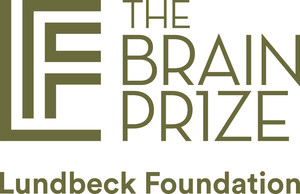
The world’s largest brain research prize is Danish and was established by the Lundbeck Foundation in 2010. Each year, The Brain Prize is awarded to one or more brain researchers who have had a ground-breaking impact on brain research. From 2020 the monetary value is increased to DKK 10 million.
